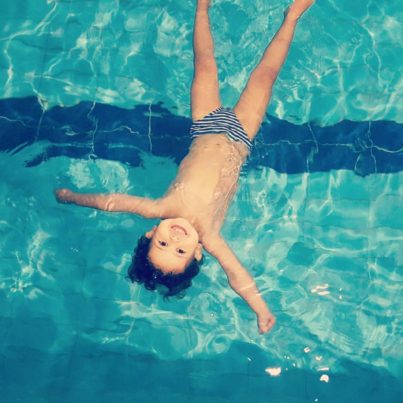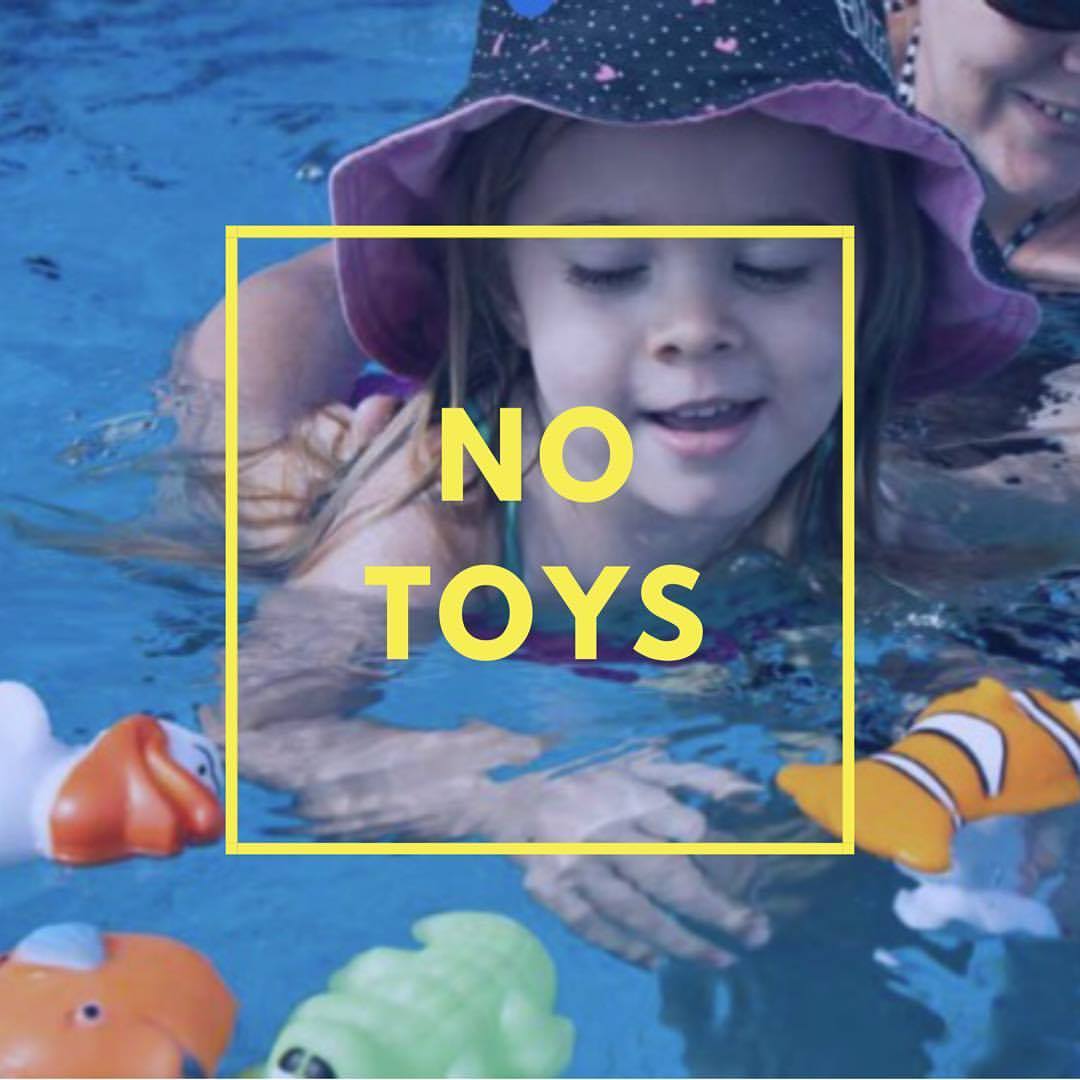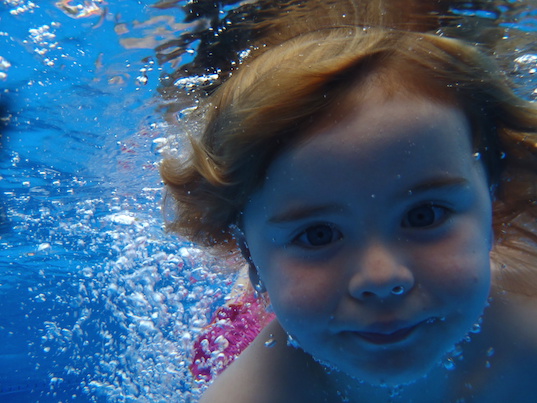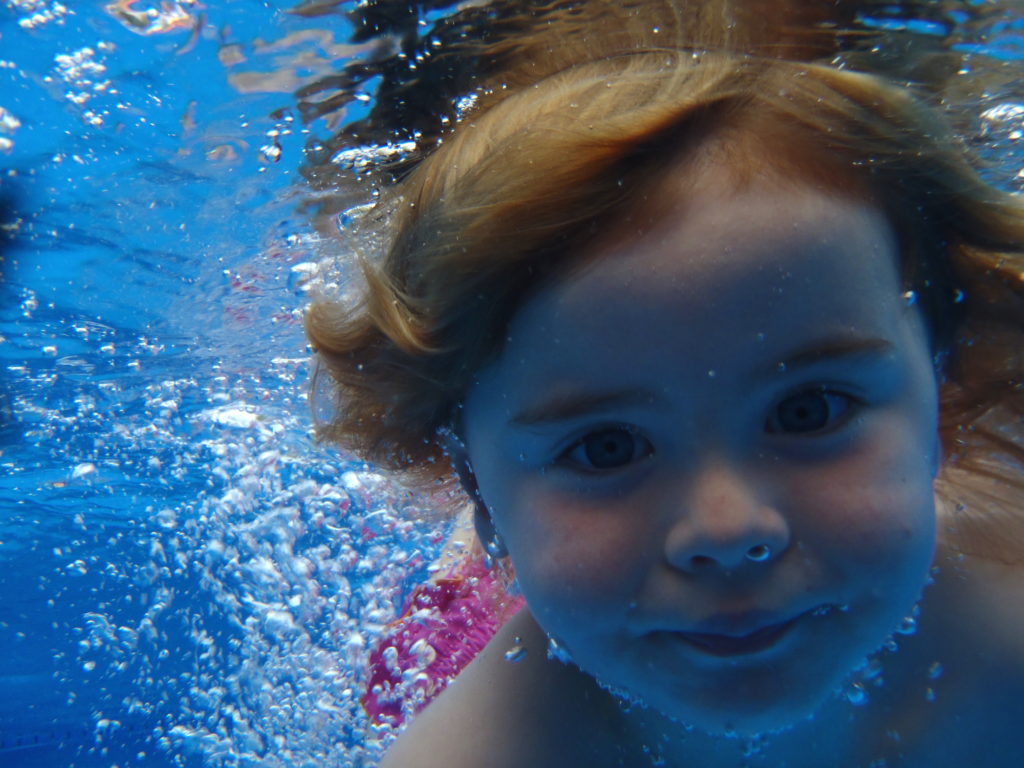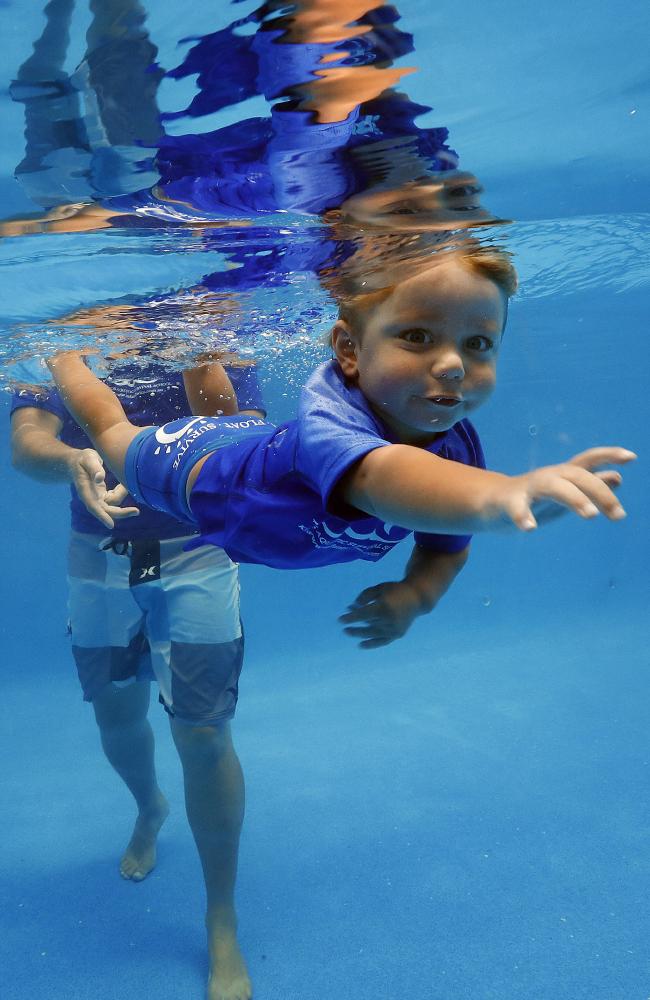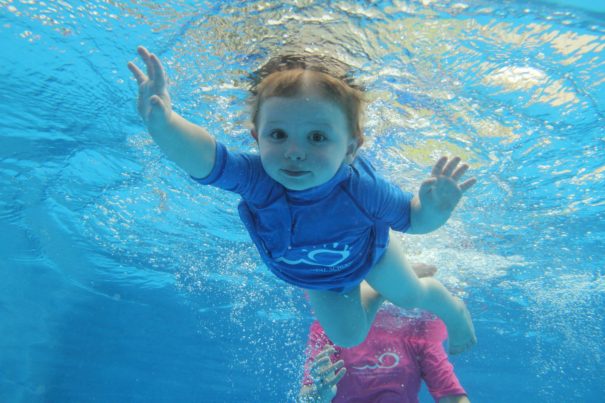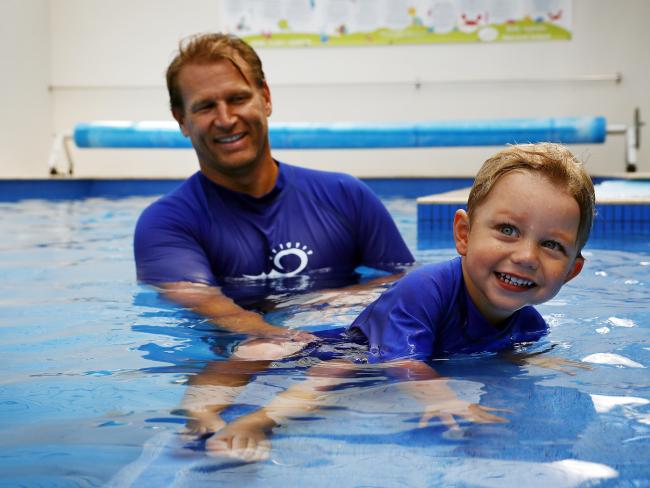AT KASS we DON’T teach children to Blow Bubbles in lessons
Why? It is unsafe for an infant to blow bubbles as this dramatically limits the time they could hold their breath if they ever got into trouble. They also need air in their lungs for buoyancy.
At KASS we have and ALWAYS will focus on learned breath control as a FIRST priority in all lessons. Breath control is a child’s ability to hold their breath before they go under the water. KASS also teach children to roll over and float if they need to take a breath. As most children under the age of 2 are not yet physically capable of independently lifting their head out of the water to take a breath.
In our experience and through the way we teach breath control to children through our survival program, we have not found the need to teach infants and toddlers to blow bubbles. Teaching a child to blow bubbles too early makes them less safe and can cause a range of problems. This is one of many reasons that we don’t teach survival lessons to children who are aged under 6 months. We use specific methods to establish breath control and teach children to hold their breath when their mouth and nose is submerged in water. This practice keeps air inside the lunge, which in turn, increases buoyancy. If a baby or young child has lungs full of air, they will stay close to the surface easier, giving them time in an aquatic emergency. Blowing bubbles teaches infants to empty their lungs, which increases the chance of sinking under water faster.
The theory is that blowing bubbles to release air keeps children from inhaling water (aspirating). The reality is, when a child is properly taught breath control with correct professional instruction from the beginning, their body automatically protects itself from water going into the lungs. In our lessons, children learn to respond to the natural environment rather than a person.
Over 13 years of teaching a full range of children including children with special needs, we are yet to encounter a child that has not responded to our methods of establishing breath control. In our opinion, teaching a child to blow bubbles too early makes them less safe and can cause a range of problems. Babies need to hold their breath so they can submerge and swim distances. Blowing bubbles will increase the chance of the baby inhaling and ingesting water. At KASS, we wait until breath control is well mastered before we teach children to exhale their bubbles underwater. By the bubble blowing stage the child has already learnt breath control, swimming to the edge or safety and independent floating. At this point they progress onto transitional lessons where diving for submerged objects and stroke is introduced and the slow release of breath is monitored and instructed.
This is now industry knowledge. Even our biggest critic, Laurie Laurence has shifted his swim teaching philosophy and no longer condones bubble blowing under 2 years in his lessons, because he “noticed that as soon as babies blow out their bubbles then they must take a breath in”. (See article link below).
At KASS we are always looking at continual improvement with keeping the child’s safety always paramount.
Call 1800 543 779 or email [email protected] to book your child into our accelerated survival program to increase their water safety.
Reference: worldwideswimschool.com/blowing-bubbles-2-years-4-months/
Natasha
baby swimming lessons,
blowing bubbles,
breath control,
kids,
no bubble blowing,
survival swim,
swim survival,
swimming,
swimming lessons,
Sydney swimming lessons,
water
